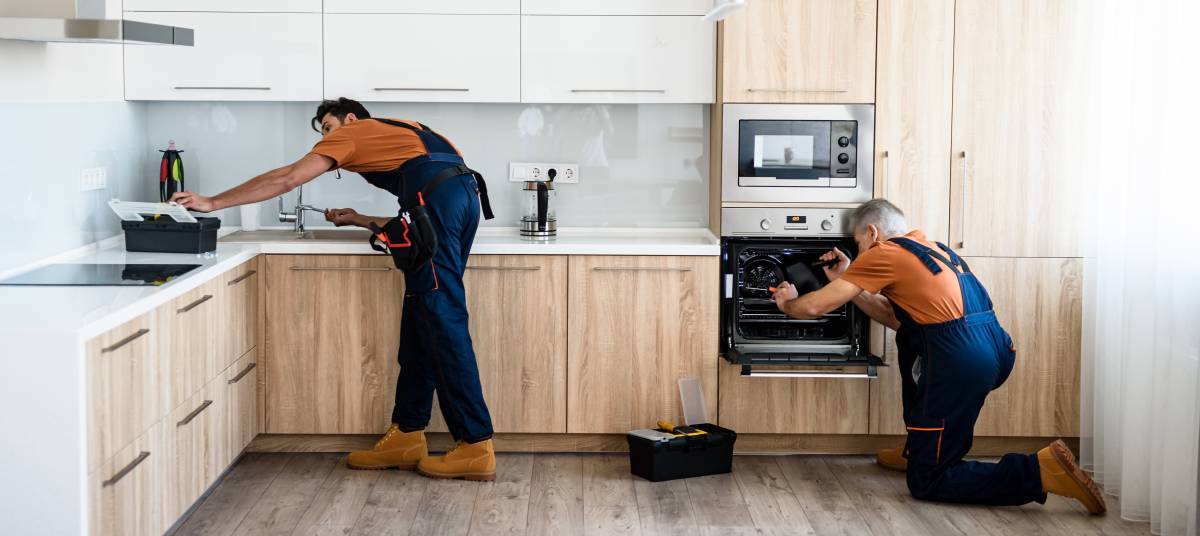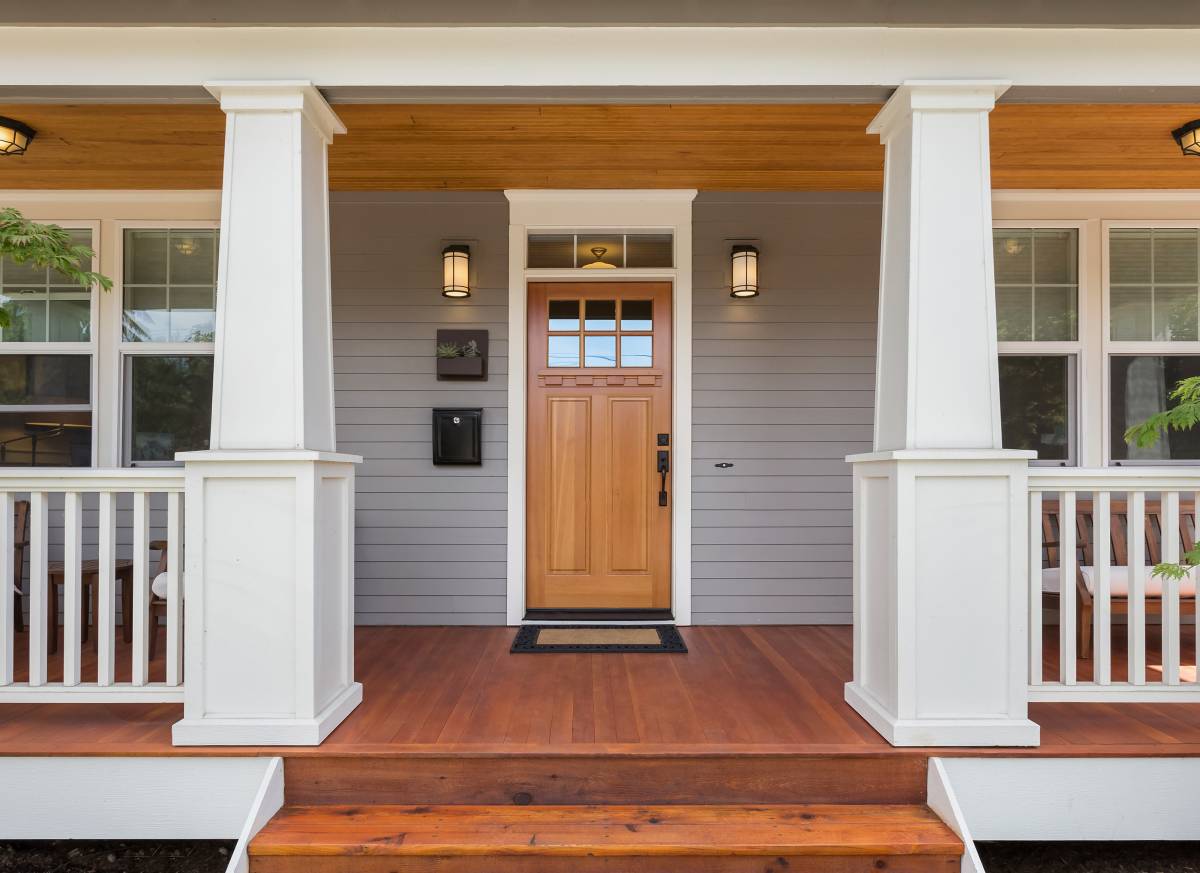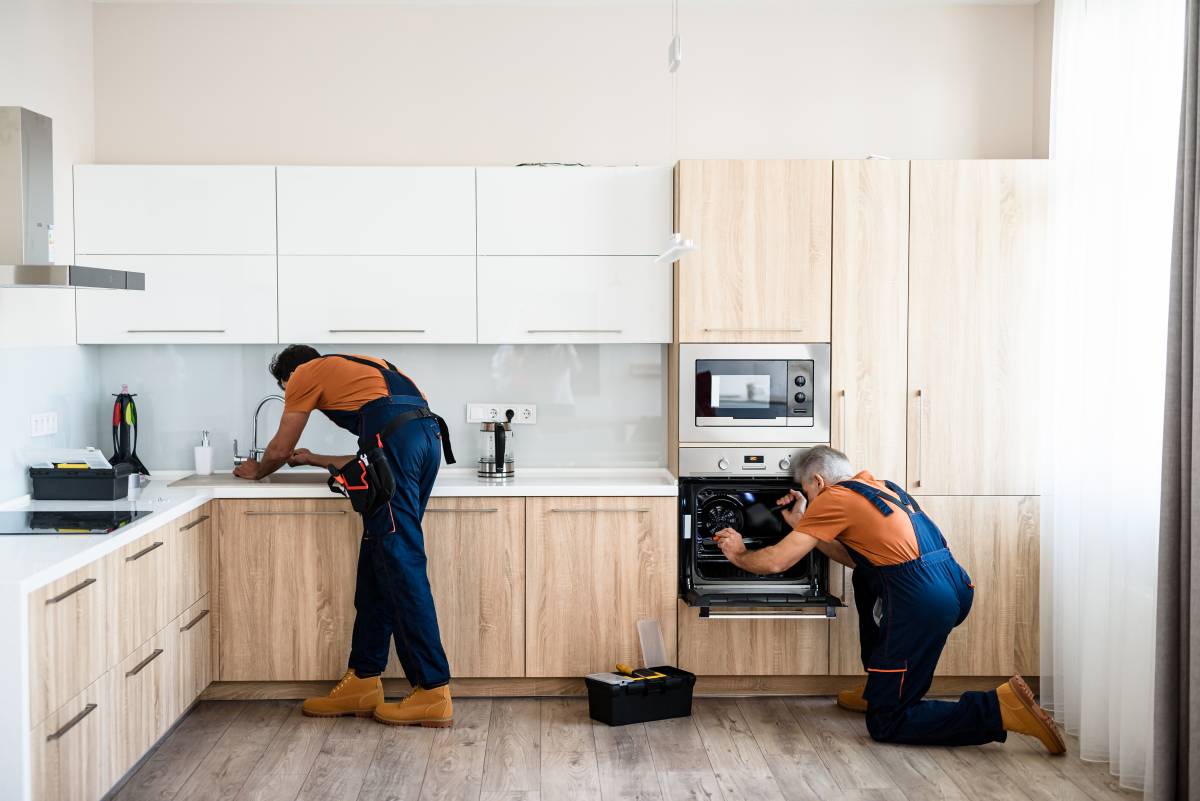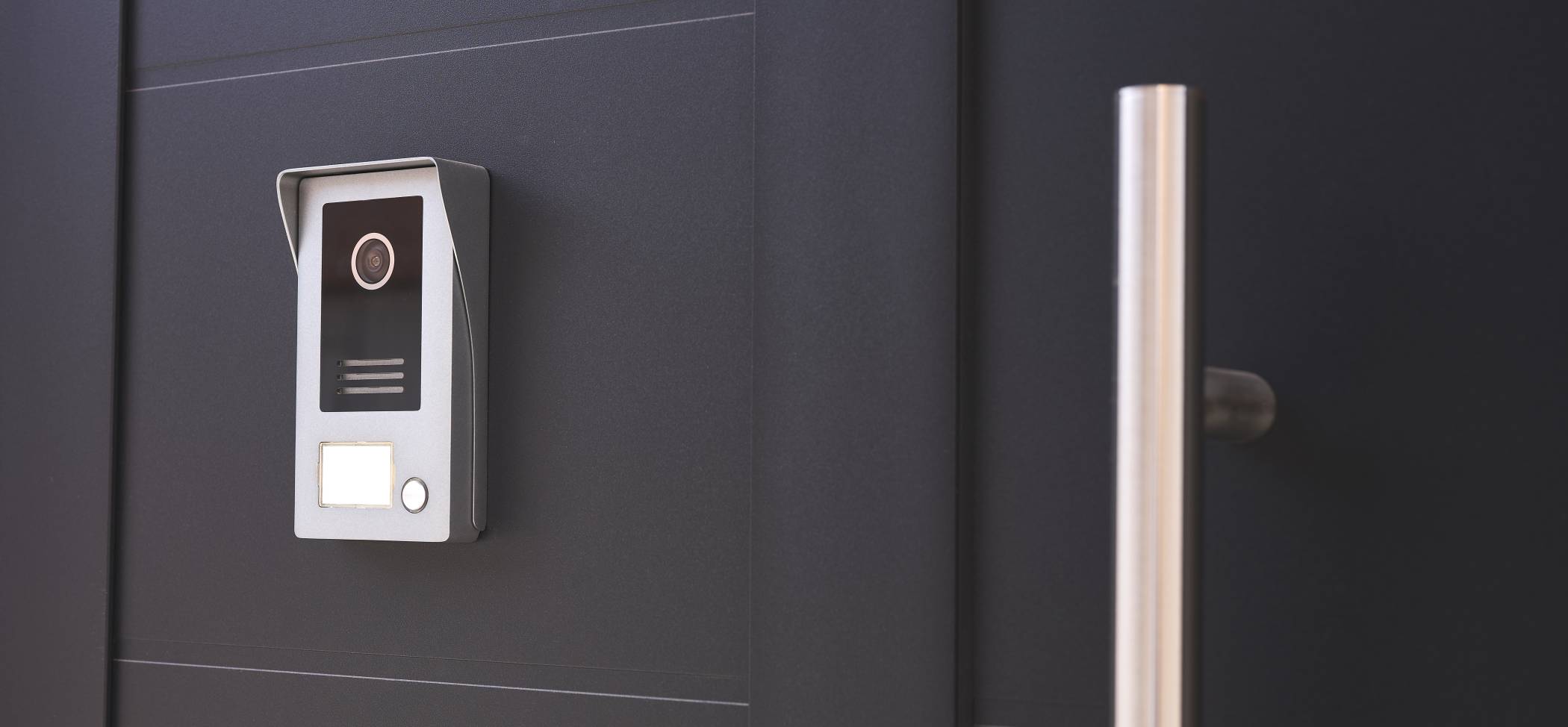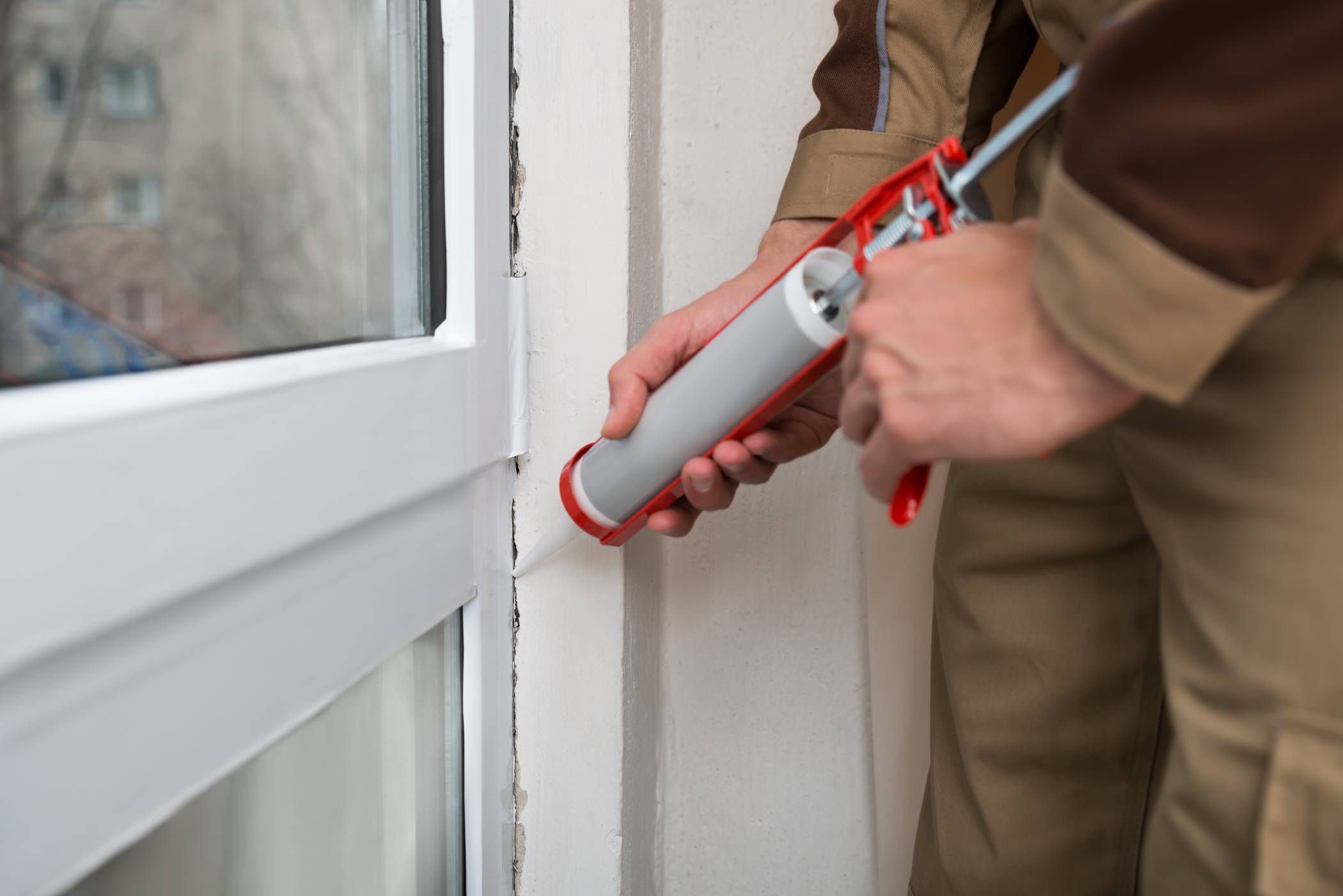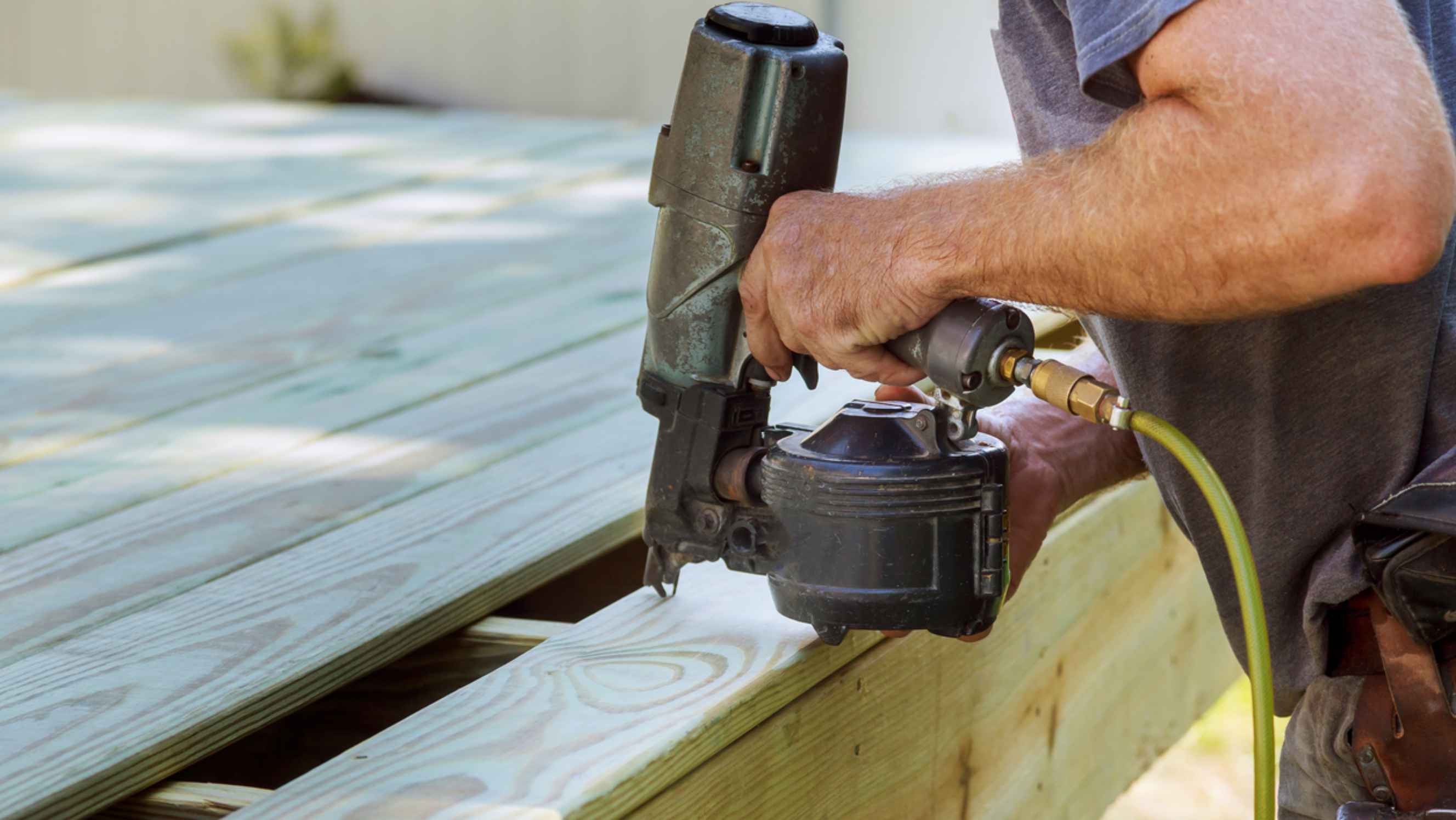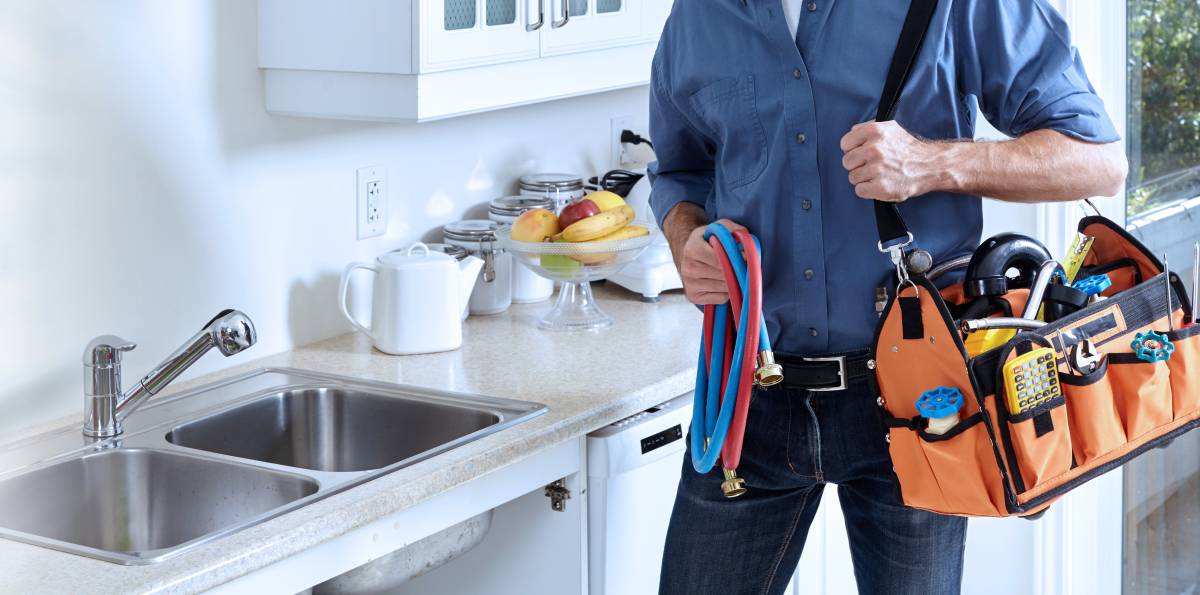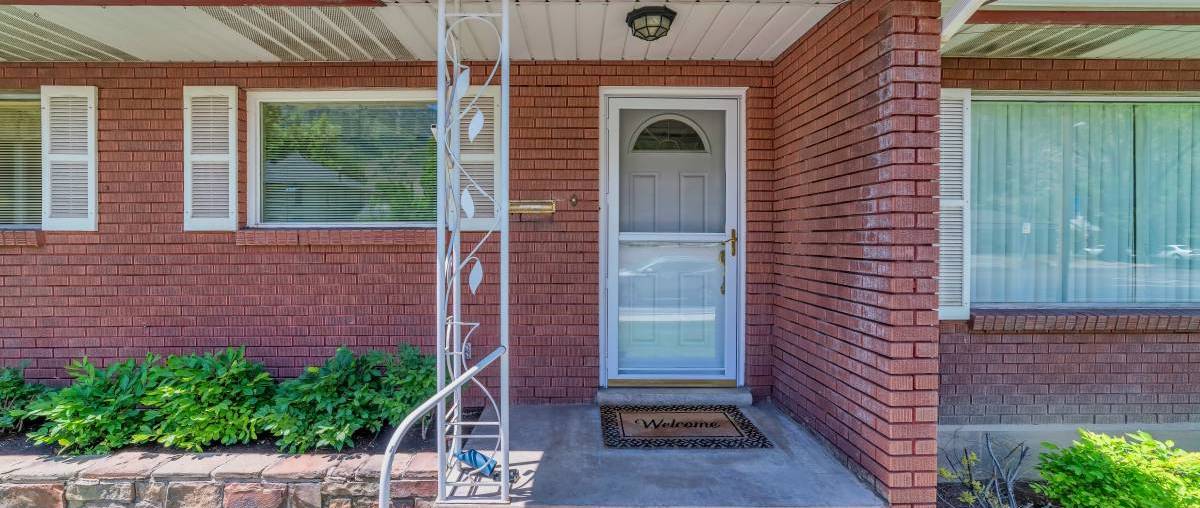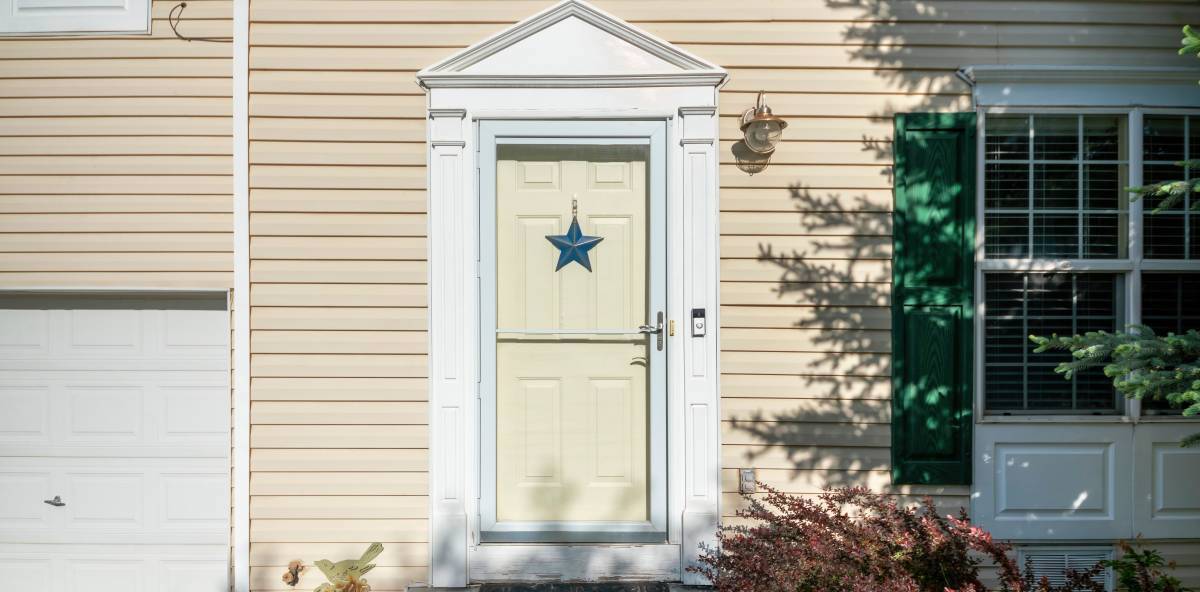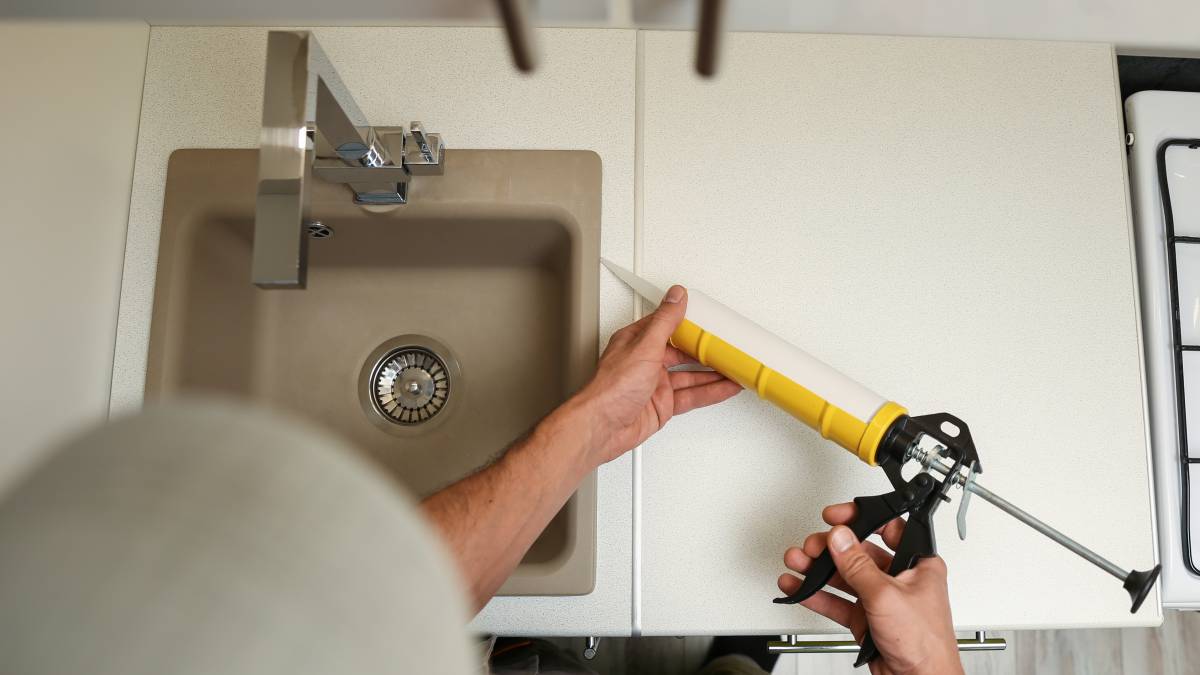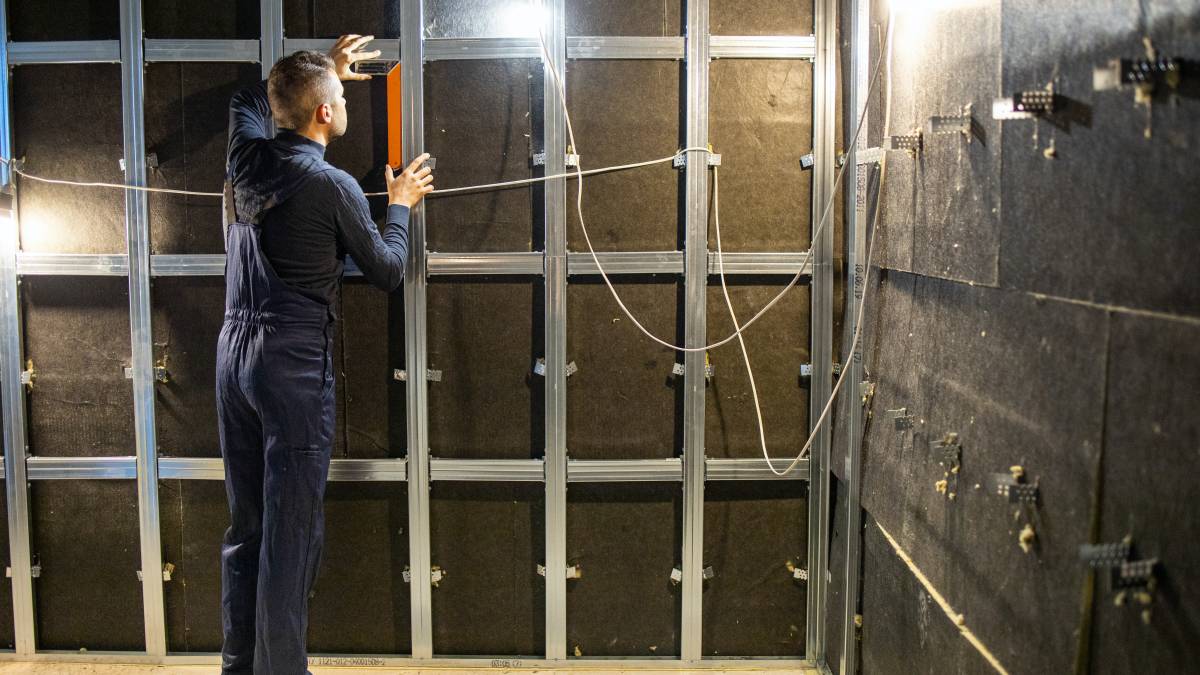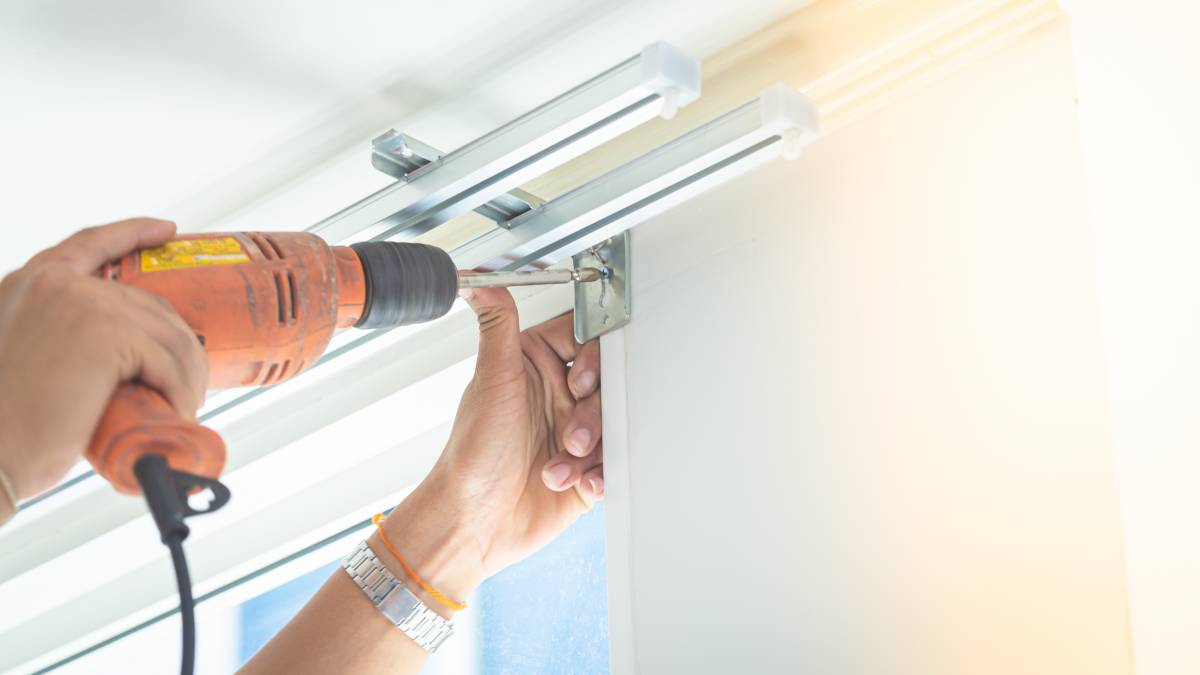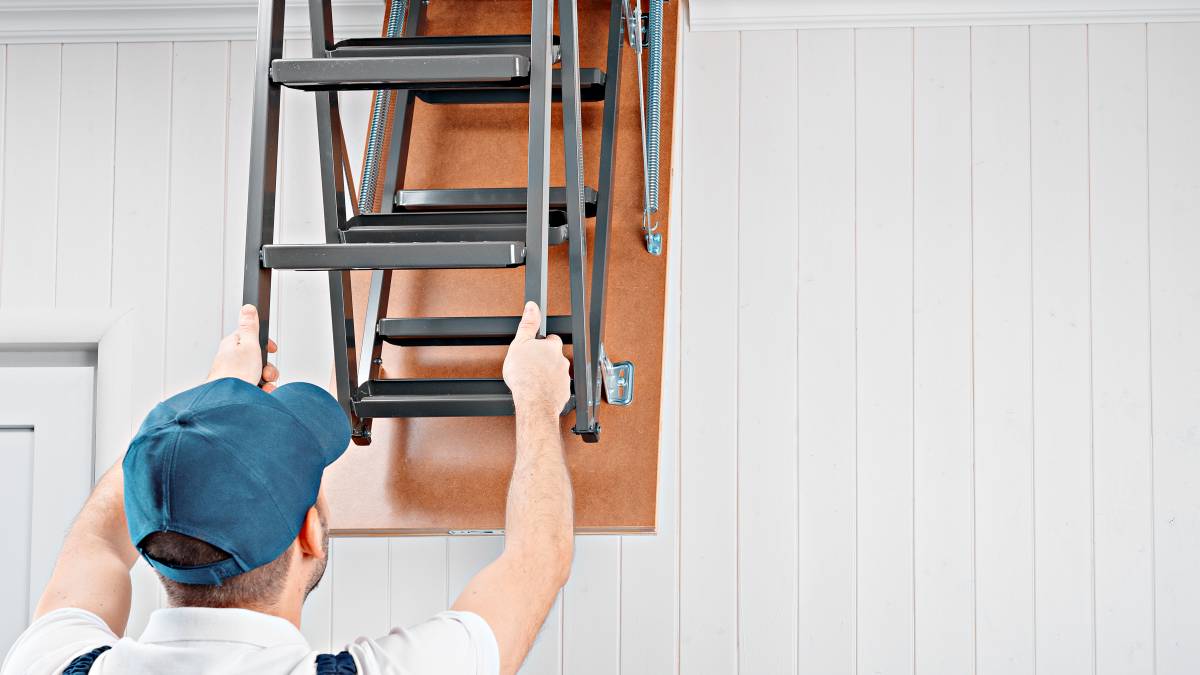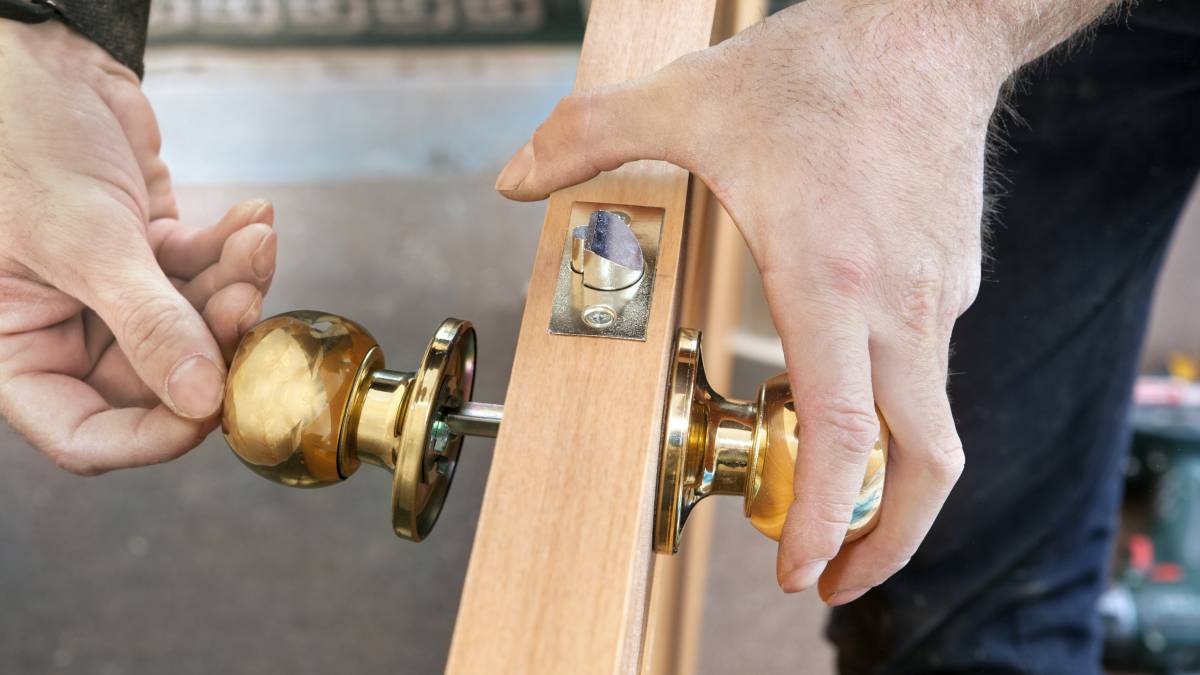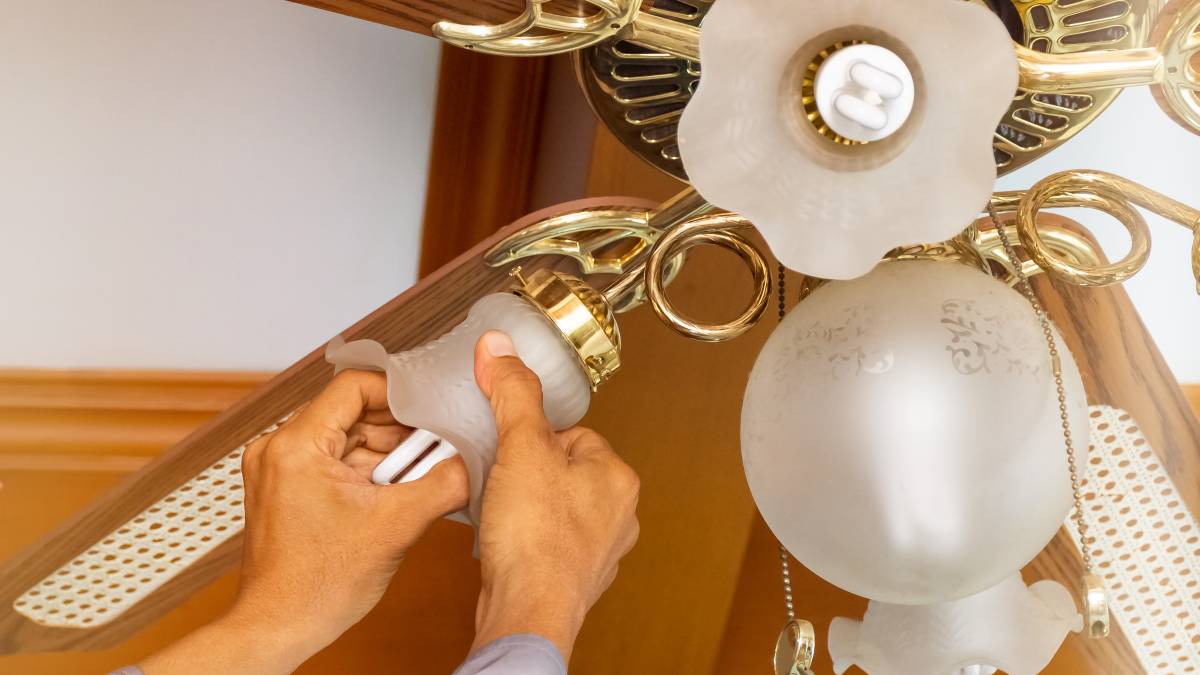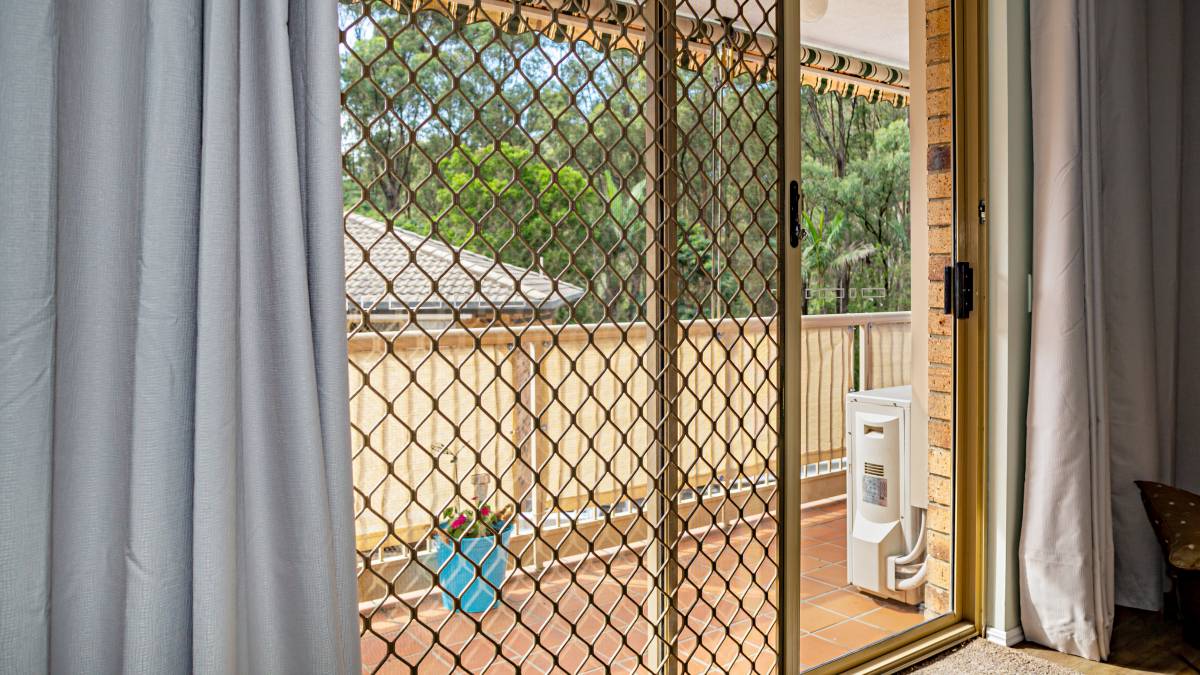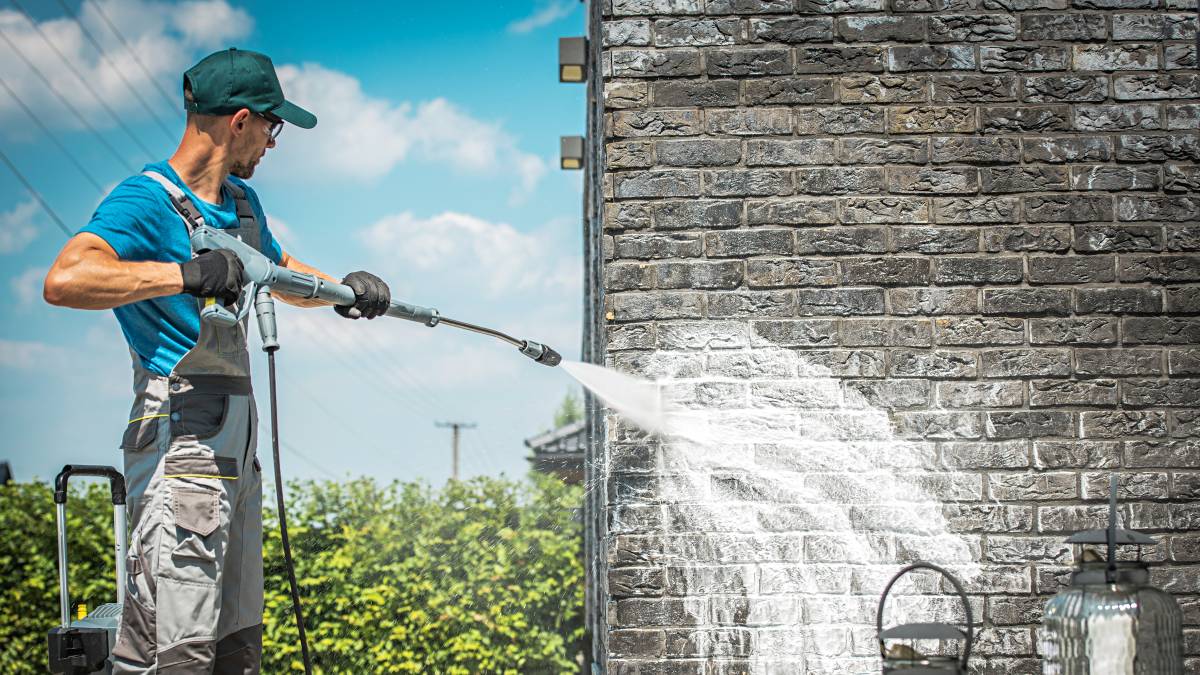
Handyman pricing guide: How much to charge for a job
Exploring how to maximise profit while not overcharging
Find handyman workLast Updated on
Have you decided to become a handyman? It’s a great career choice, but like any profession, it has notable hurdles. One of the biggest challenges new handymen face is setting prices that are fair for them and their clients.
This guide contains handyman pricing strategies, hopefully helping you land jobs and stay profitable.

How to figure out your handyman rates
Handyman business pricing can be tricky, especially when you’re a one-person operation and you’re only starting the business. As you figure out how to price your handyman jobs and make your price list, here are a few tips:
1. Don’t price jobs based on your speed
Although it’s called an “hourly rate,” the time it takes to accomplish a project shouldn’t be the only basis for pricing your services. This can work against you if you finish a job sooner than you thought, which isn’t always a bad thing. Speed can reflect your expertise.
Set your hourly rate based on your skill level, the quality of work you deliver, and the profit margin you want to have. Try benchmarking your rates against trades at the same skill level as well.
2. Charge flat or hourly rates when appropriate
Handymen may charge flat or hourly rates. Flat rates are fixed regardless of how long the job takes, while hourly rates are charged for jobs that take more time to complete due to their complexity. This could include side tasks, like removing mold or cleaning the worksite beforehand.
In this line of work, not every job is the same. So, for handyman pricing, don’t limit yourself to charging flat or hourly rates exclusively. Instead, use either of these pricing schemes when appropriate.

3. Offer a price range
Apart from hourly and fixed rates, you can already lay out pre-determined base prices for typical jobs that you’ve done before. Consider the usual factors like time, scope, and size. Here are some tips:
Charge a minimum service fee - As part of your handyman startup pricing, decide on a minimum service fee that can at least cover your job expenses. This can mitigate pricing problems for jobs that you finish sooner than expected.
Offer full-day and half-day rates - Give these special rates to customers when you’re sure the job has no unexpected issues, and you can do the work at a normal pace with the usual effort and handyman tools. Full-day rates can range from $400 to $600, and half-day rates from $200 to $300.
Offer an emergency call-out charge - Repair jobs like a leaky faucet could occur in the middle of the night, so prepare an emergency call-out charge. Note that some handymen who do emergency repairs (like licensed plumbers) can charge between $90 to $200 for working outside of regular working hours!
4. Make prices for small, medium, and large jobs
List the jobs you can handle or the services you offer. Classify them as small, medium, or large jobs. Note that some of the larger jobs you may want to take on require the appropriate license in your state. While you have the option to simply not handle them, you’ll miss out on more profitable, in-demand jobs.
Here’s a guide on how to classify your jobs:
Size |
Average Cost |
Time Needed |
Job Details |
Small |
$60 to $250 |
1 to 2 hours |
- Little to no tools needed to finish the job
- Includes simple work like wall mounting TVs |
Medium |
$250 to $500 |
5 hours maximum |
- Requires power tools - Includes more labor-intensive work like fixing damaged drywall sections |
Large |
$500 and up |
5 hours minimum to several hours or even days |
- Requires power tools, hand tools and/or heavy equipment - Can include remodeling or renovation - May require additional certification or a license |
Computing your hourly rates as a handyman
To know how much to charge per hour, consider these factors as you make your calculation:
Tip #1: Don’t neglect your skill and experience
You can command higher prices if you have certification or a license to do specific tasks. In fact, clients expect higher prices from you if you’re licensed, certified, have mastered a few handyman skills, or have special training for some jobs.
Tip #2: Consider your expenses
Business expenses include materials, safety equipment, insurance, power tool maintenance, and service vehicle fuel. Any advertising costs, like putting up a website and handing out flyers and calling cards, count towards expenses, too!

Tip #3: Account for your cost of living
Apart from your business expenses, your living expenses should also be accounted for. How much do you need to pay for your mortgage (if you have one)? How much for groceries and utility bills? Factor these in along with all your other expenses.
Once you’ve listed all your expenses, you can calculate how much you need to charge per hour. Here’s a simple formula you can apply:
|
Business expenses + personal expenses + 20% profit margin + % business advance Number of hours worked per month |
Tip #4: Remember to pay taxes
Remember to account for your taxes and pay them consistently to avoid penalties! You can also hire someone to look at your books to evaluate your financials, like insurance, rental, or equipment leasing costs. They could also help you pinpoint a feasible profit margin and hourly rate.
Set your handyman prices, get hired on Airtasker
In many states, handymen charge an average of $60 to $80 per hour. You can charge the same if it’s sufficient or come up with a more appropriate rate for your skills and needs. Make sure that it doesn’t differ much from standard rates in your area; charging too low may undermine the business of other tradies, while charging too high may not win you customers.
After coming up with your list of services and prices, you can sign up on Airtasker. Pricing your services is one thing, and finding ways to make more money as a handyman is another. So, why not create a profile on the platform and connect with potential customers nearby? Become a Tasker today!
FAQs
Researching local competitors and starting at the lower end of the range is a good strategy for beginners. Highlight your skills and build a positive reputation to justify future rate increases.
A thorough understanding of the job scope is key. Ask detailed questions, factor in travel time, and consider including a buffer for unforeseen complications.
Not necessarily. Price yourself fairly and focus on marketing your value (e.g., quality, reliability).
Create your profile and start browsing jobs in minutes
Start earning now
Related articles

How to Soundproof a Room
Read more

How to fox proof your chicken coop
Read more

How to install curtain rods
Read more

Best blue-collar jobs on Airtasker
Read more
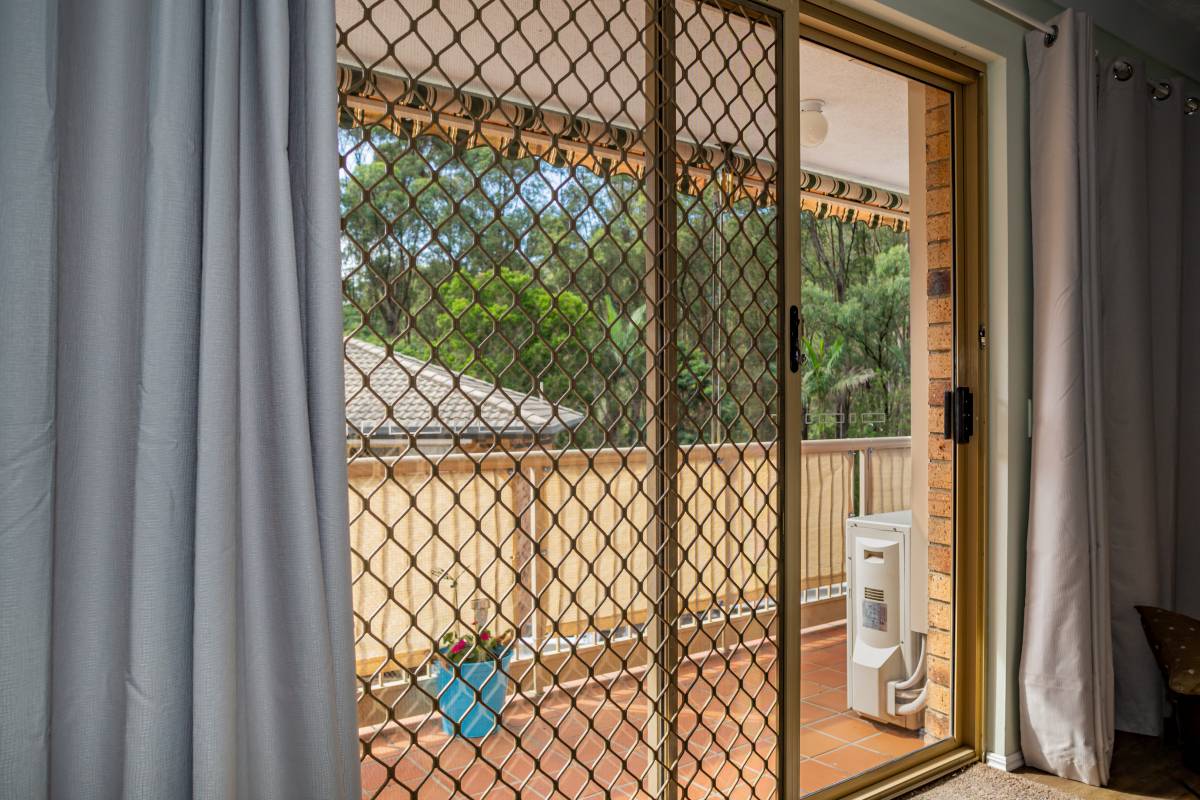
Install a screen door in 6 steps
Read more
Related price guides
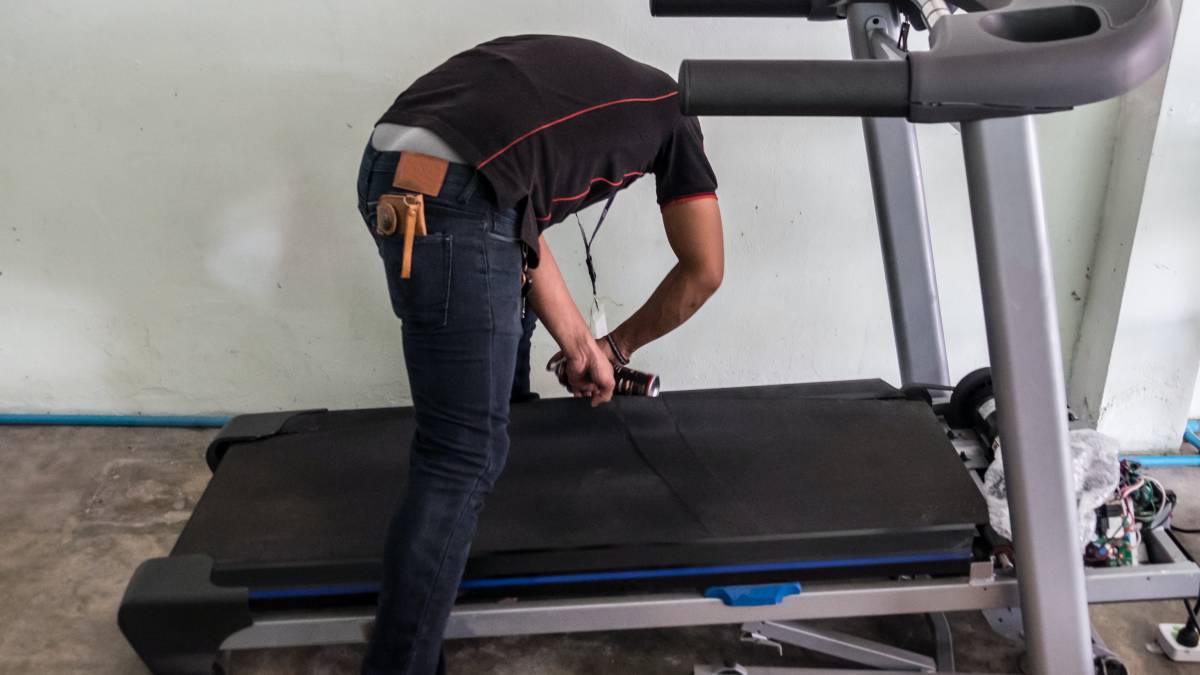
How much does treadmill repair cost?
Read more

How much does clock repair cost?
Read more

How much does hot tub repair cost?
Read more

How much do roman blinds cost?
Read more

How much does a sunroom cost?
Read more
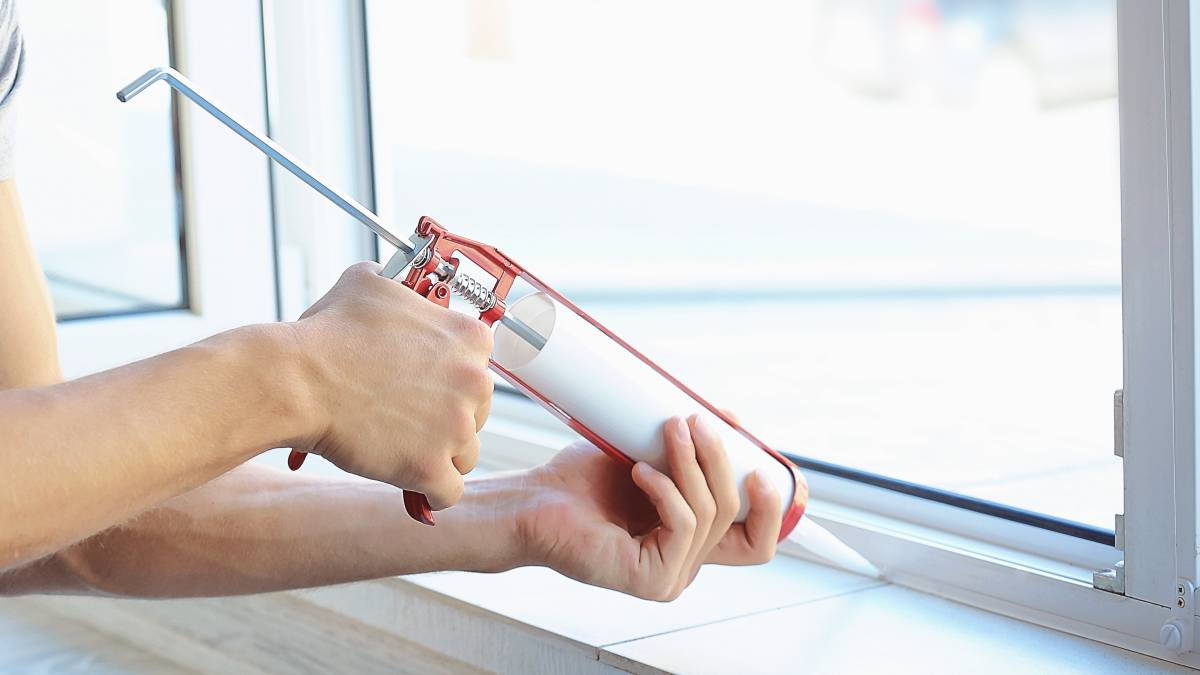
How much does window repair cost?
Read more

How much does shed roof repair cost?
Read more

How much does signage cost?
Read more

How much do chainsaw services cost?
Read more

